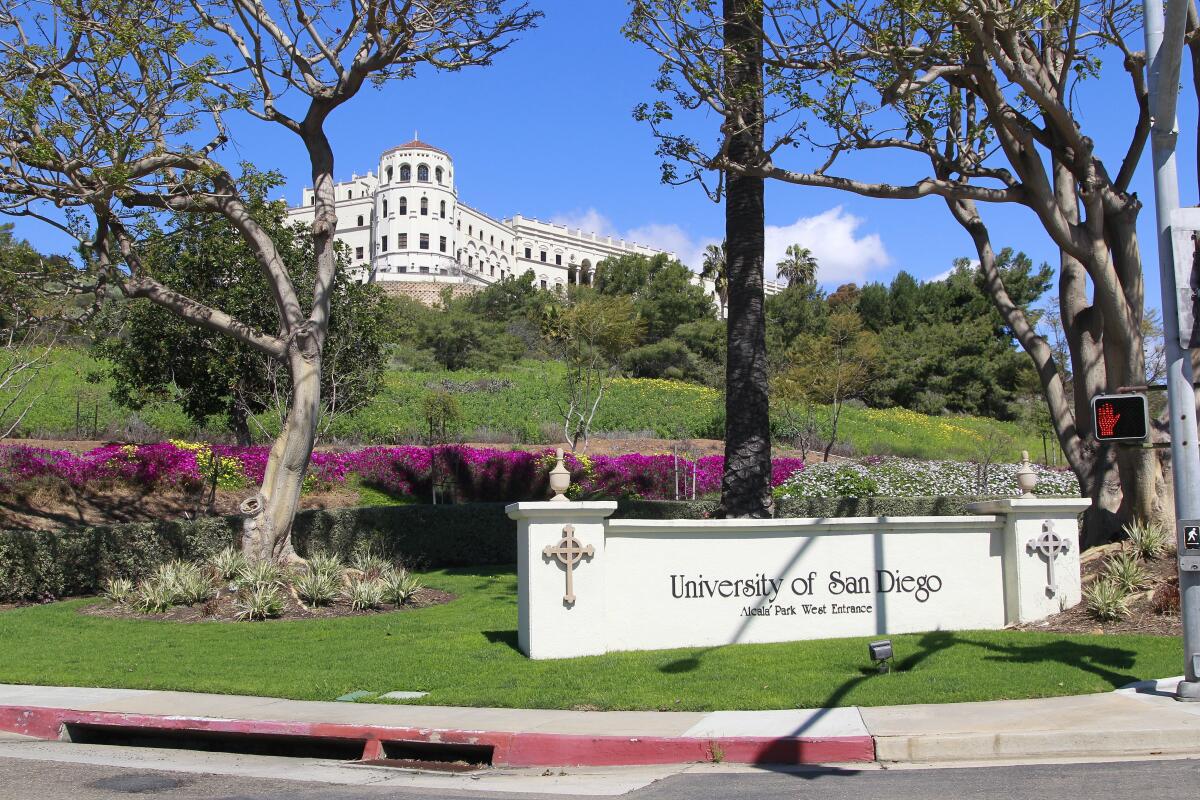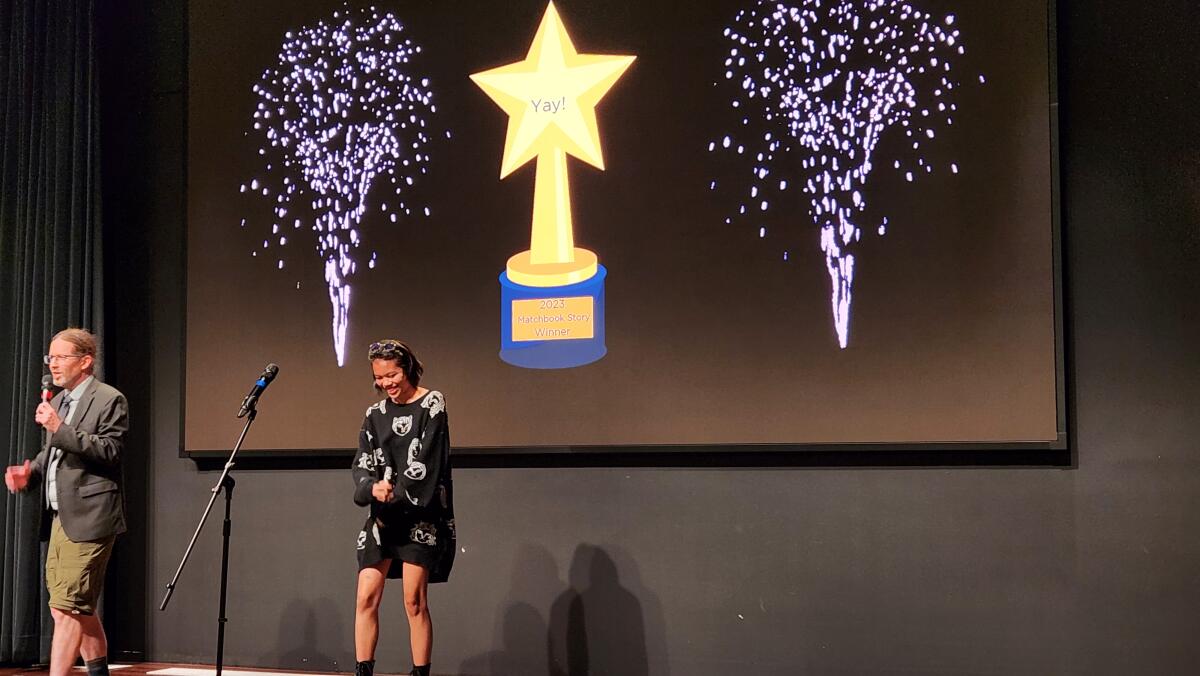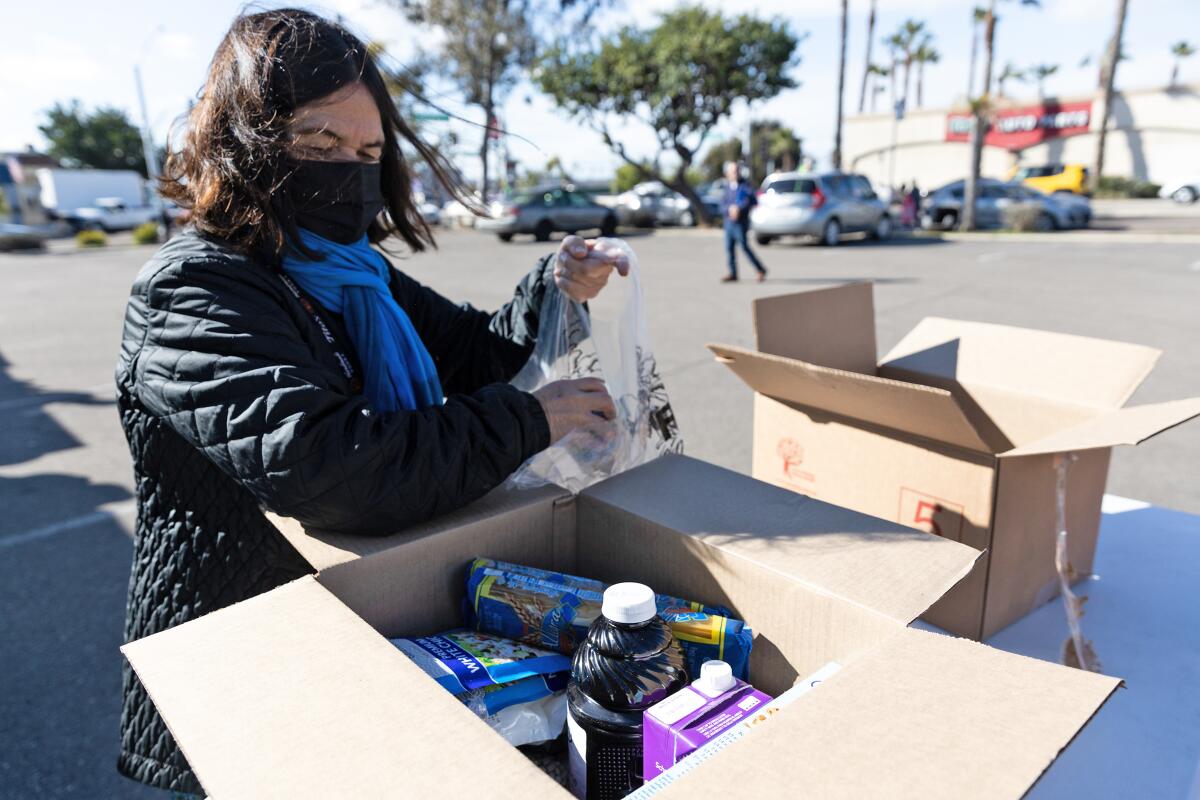Media Coverage
A new report shows how money flows from grantmakers to San Diego nonprofits
This article was originally published by The San Diego Union-Tribune. Dive into the full story here.

Larger nonprofits are more likely to win grants. The report also sheds light on what funders care about, how long it takes to apply and how grantmakers are expanding access to funding.
A first-of-its-kind report about philanthropic giving in the San Diego region confirmed that smaller nonprofits are less likely to gain funding than the largest, most established organizations.
But funding entities have made it easier for smaller and grassroots nonprofits to apply for money and they grant funds in some ways that better help nonprofits meet their goals. It also found that short term, one-year gifts — which provides less stability than multi-year grants — remain prevalent.
The report, titled Pulse of the Practice Survey and created by Catalyst of San Diego & Imperial Counties — whose more than 100 members include foundations, corporate giving programs and individual donors — surveyed 38 funders based in this region or giving to nonprofits here. It offers a comprehensive glance at norms and outliers across the grantmaking ecosystem: how much money is disbursed, how long grants last, who gets awarded grants and more.
Catalyst partnered with the University of San Diego’s The Nonprofit Institute to develop the survey and drew on financial and other data from additional sources.
The report “was born out of a desire to understand the big picture of the prevailing practices shaping funding decisions of all shapes and sizes in the Southern Border region,” Megan Thomas, Catalyst’s CEO, wrote in the report.
Kathryn Kanjo, the CEO of the Museum of Contemporary Art San Diego, a nonprofit that was not surveyed, said the report had several revealing takeaways about the ways the field of grantmaking is changing.
“I feel like a subtext in this is that funders are interested in making the process more approachable, to try to ease the restrictions on how the money can be used,” Kanjo said. “It sounds like they’re listening that many of our organizations … need funds to be sustaining, to support their operations broadly, versus just specific programs.”
She called that shift “fantastic,” because it lets organizations support their core missions and regular operations with grant dollars, rather than feeling like they have to create new programs to attract awards.
Transparency about grantmaking practices and what funders prioritize can help boost the effectiveness and impact of both funders and nonprofits, said Patrick Stewart, the CEO of Library Foundation SD, another nonprofit that did not participate in the survey.
“When a funder makes it clear — its process, its expectations and particularly how its mission or values … align with a particular nonprofit organization — it allows both of those organizations to collaborate in a much more effective manner,” he said. “When the transparency goes both ways, with regards to what’s expected, it just makes it so much easier for both parties to come together and work collaboratively to solve problems — and that’s what nonprofits do.”
Kanjo said the report is a reminder that “funders want to do the right thing. They want to be efficient and effective in their funding — that’s why there’s this scrutiny to look back and say, ‘What do others do?’”
Standard grantmaking practices
To understand how money flows from local grantmaking organizations to local nonprofits, last spring the researchers looked at the applications, timelines, grant sizes and other granting practices of 38 organizations that among them had $19 billion in philanthropic assets and gave more than $1 billion in 2021. It also surveyed local nonprofit leaders last July.
Half of funding was for one year or less, with most grants lasting one year. Two or three years was the second most common time frame. Larger funders were more likely to give grants of less than five years.
Seventy-six percent of funders gave unrestricted awards — meaning the money can be used toward whatever the nonprofit deems necessary, as opposed to being earmarked for certain goals or programs.
A minority of funders evaluated the finances of applicants with the goal of sustaining no more than a certain percentage of a nonprofit’s budget. The rest did not perform budgets tests on the nonprofits they’re considering granting to.
The larger a charitable funding organization, the more likely it is to give funds to “well-established organizations with proven track records.” The survey defined a large funder as having an operating budget of greater than $10 million, small as less than $1 million and medium as in between.
In parallel, smaller funders were more likely than big ones to support smaller and more grassroots organizations. But large nonprofits were more likely than smaller ones to get grants from funders of all sizes.
Stewart said the greater availability of unrestricted funding speaks to a mentality shift in the nonprofit industry. In the past, the typical pattern was “funders identifying what the solution is, rather than leaving it up to the actual boots on the ground, which are the nonprofit organizations, right?”
Nonprofits are asking funders to “allow us to get the work done without stringent restrictions” and funders are listening, he said.

One area of disconnect between nonprofits and the organizations that fund them was the perceived importance of diversity as a goal.
While almost three quarters of surveyed nonprofit leaders thought funders prioritize giving funds to organizations that serve people who are BIPOC (Black, Indigenous or People of Color), in reality funders were less likely to fund these organizations than the nonprofits expected. Only 40 percent said they give most of their funding to nonprofits that serve BIPOC.
Nonprofits and funders also didn’t closely align around two other topics. “More funders report funding advocacy work than we are seeing reported on the nonprofit side,” the report said. Second, more funders said they support capacity building than what the nonprofits believed.
That suggests there may be missed opportunities for nonprofits to apply for funds that address both of those areas.

Fifty-nine percent of funders said their application takes less than four hours. Answers usually came back within three months. And money was usually disbursed less than a month later.
The vast majority — almost 90 percent — “pay out the entirety of the grant up front or at the start of each granting year,” the report said.
Funders have tried to make it easier for organizations to apply for funding. Two thirds, or 66 percent, said they have shortened the application process for grant renewals.
In terms of measuring impact and tracking outcomes, 68 percent of funders said they require reports annually or at the end of the grant, 25 percent said they accept conversations in lieu of reports or accept reports for other funders, and 13 percent require no reports.